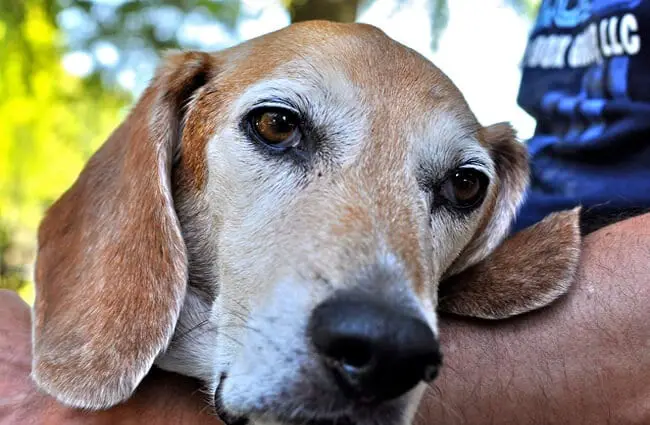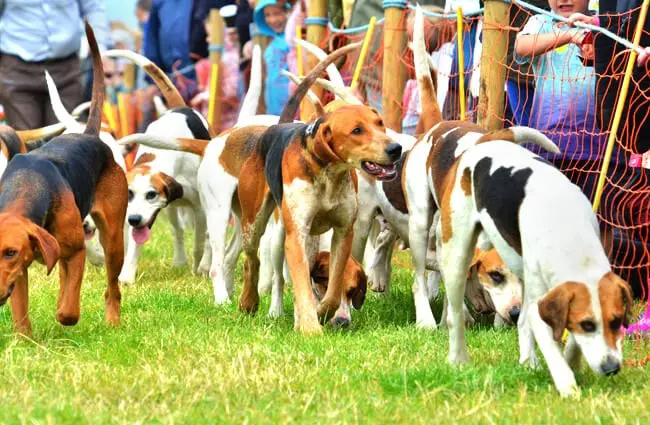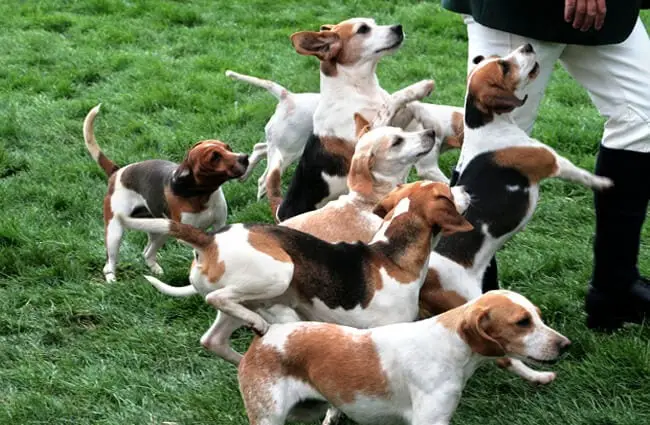A Deep Dive into the Harrier: History, Temperament, and Care
The Harrier is a fascinating breed, often overlooked yet brimming with personality and possessing a rich history. Originally bred for hunting, these scent hounds have transitioned into beloved companions, though their instincts remain strong. This article provides a comprehensive guide to understanding the Harrier, from its origins to its specific needs, offering insights for potential owners and dog enthusiasts alike.

Origins and Historical Context
The Harrier’s story is interwoven with the history of fox hunting in England. Developed in the eighteenth century, the breed was meticulously crafted to hunt hares and foxes, working within a pack. It is believed that the Harrier descends from the English Foxhound, but in a smaller form. This reduction in size allowed hunters to follow the pack on horseback more easily, navigating challenging terrain. The name “Harrier” comes from a word meaning a hunting dog for hares. Unlike some hounds bred for individual pursuit, the Harrier was always meant to work collaboratively, relying heavily on scent and stamina.
Physical Characteristics
Harriers are medium sized dogs, exhibiting a well balanced and athletic build. They typically stand between 18 to 21 inches tall at the shoulder, and weigh between 35 to 50 pounds. Their coat is short, dense, and slightly coarse, providing protection from the elements. Acceptable coat colors are generally tricolor (black, white, and tan), white with patches of color, or other combinations of hound colors. Their ears are long and pendulous, and their tail is carried gaily but never curled over the back. The Harrier’s most striking feature is its expressive eyes, which convey intelligence and a playful spirit.
Temperament and Behavioral Traits
The Harrier is renowned for its good natured and sociable temperament. Bred to live and work in packs, they are naturally friendly toward both people and other dogs. They possess an eager to please attitude, making them relatively trainable, although their scent hound instincts can sometimes present a challenge. Harriers are a vocal breed; they enjoy “singing” or baying, especially when following an interesting scent. They are energetic and require ample exercise to stay happy and healthy. Without sufficient physical and mental stimulation, they can become bored and destructive.

Caring for Your Harrier: A Practical Guide
Providing a fulfilling life for a Harrier requires understanding its unique needs. Here’s a breakdown of essential care components:
- Exercise: Daily vigorous exercise is crucial. This could include long walks, runs, hikes, or playtime in a securely fenced yard. Consider scent work activities to engage their natural instincts.
- Training: Early socialization and obedience training are vital. Positive reinforcement methods work best. Be patient and consistent, and focus on recall, as their scent drive can be strong.
- Grooming: The short coat is relatively easy to maintain. Weekly brushing will remove loose hair and keep the coat healthy. Regular nail trimming and ear cleaning are also important.
- Diet: Feed a high quality dog food appropriate for their age and activity level. Avoid overfeeding, as Harriers can be prone to weight gain.
- Healthcare: Regular veterinary checkups are essential to ensure their overall health. Harriers can be susceptible to certain health conditions, such as hip dysplasia, elbow dysplasia, and ear infections.
Understanding the Harrier’s Unique Needs
Beyond the basics, there are specific aspects of Harrier ownership to consider. Their strong prey drive means they may not be suitable for homes with small pets unless carefully supervised. A secure fence is non negotiable; they will follow a scent if given the opportunity. Due to their pack mentality, Harriers thrive on companionship and can suffer from separation anxiety if left alone for extended periods. Providing puzzle toys and engaging activities can help alleviate boredom and keep them mentally stimulated.

Health Considerations
While generally robust, Harriers are predisposed to certain health concerns. Hip and elbow dysplasia are common, requiring responsible breeding practices to minimize the risk. Ear infections are also prevalent due to their long, pendulous ears, which trap moisture. Regular ear cleaning and monitoring are essential. Progressive Retinal Atrophy (PRA), an eye disease that can lead to blindness, has been reported in some lines. Responsible breeders will screen their dogs for genetic health conditions.
Is a Harrier Right for You?
The Harrier is a wonderful breed for active individuals or families who can provide the exercise, training, and companionship they crave. They are intelligent, affectionate, and full of personality. However, they are not a good fit for sedentary lifestyles or homes where they will be left alone for long periods. If you are prepared to meet their unique needs, a Harrier can bring years of joy and companionship to your life. Their playful nature, unwavering loyalty, and distinctive baying will surely become cherished parts of your family dynamic.
This breed is a testament to the enduring qualities of a well crafted hunting dog, adapted beautifully into a loving companion. Understanding their history and inherent instincts is key to unlocking a harmonious relationship with this remarkable breed.






![Red Angus Closeup of a beautiful Red Angus cowPhoto by: U.S. Department of Agriculture [pubic domain]https://creativecommons.org/licenses/by/2.0/](https://animals.net/wp-content/uploads/2020/03/Red-Angus-4-100x75.jpg)

